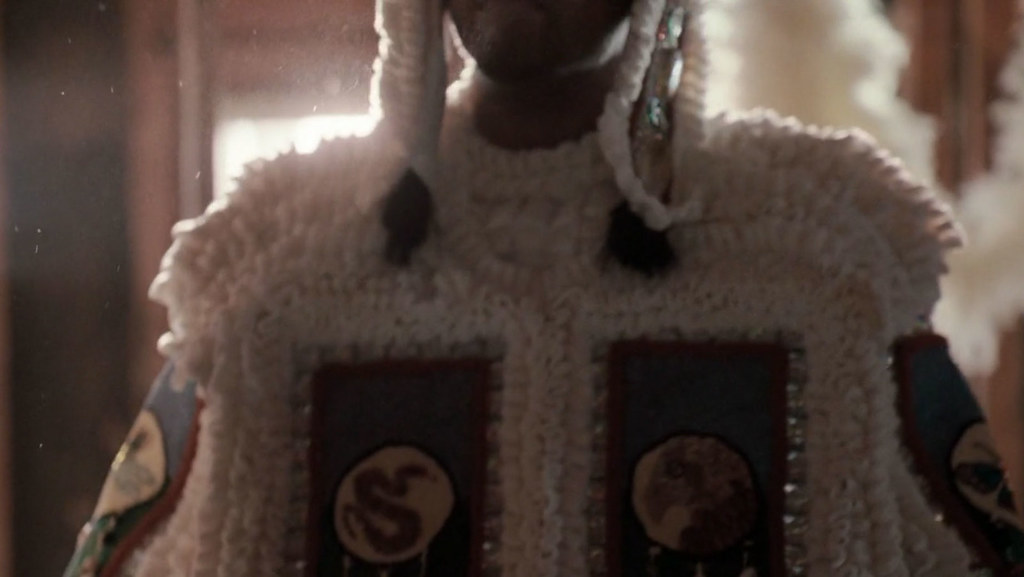
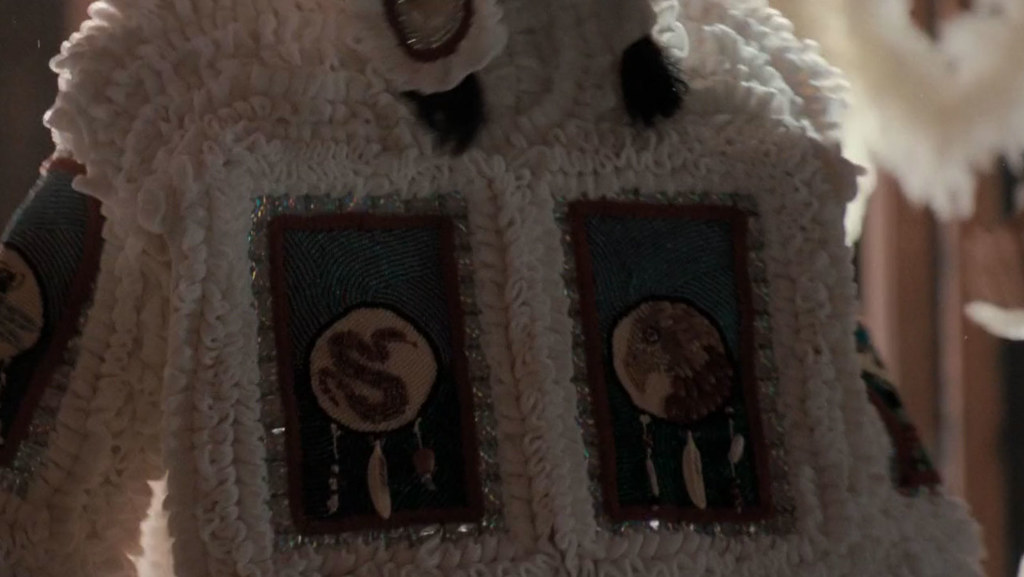
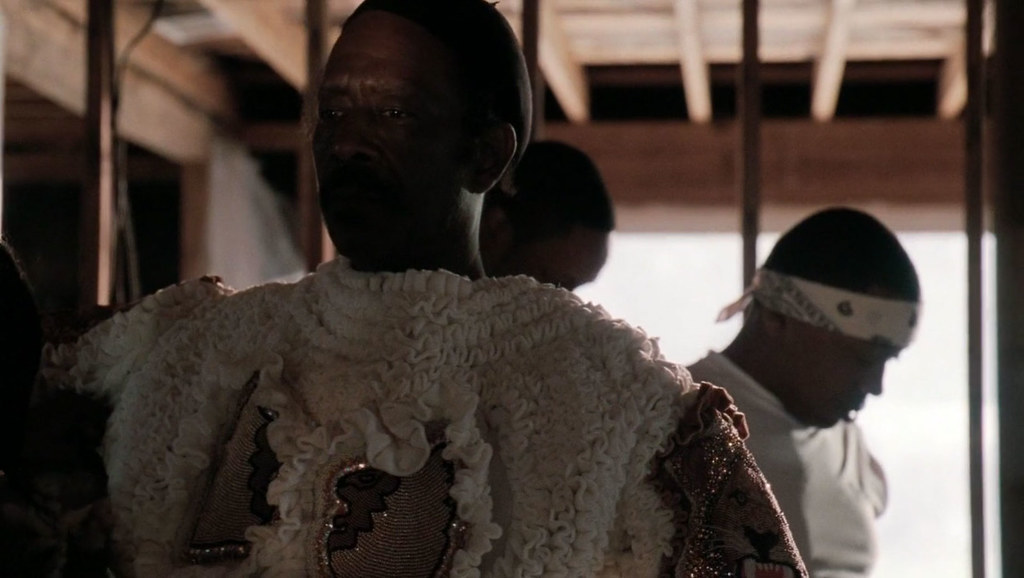
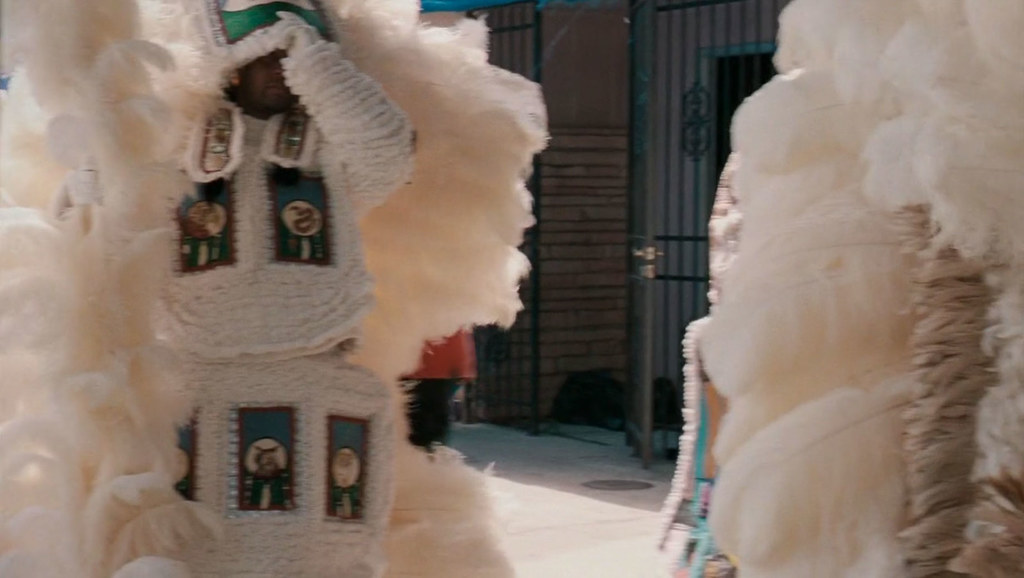
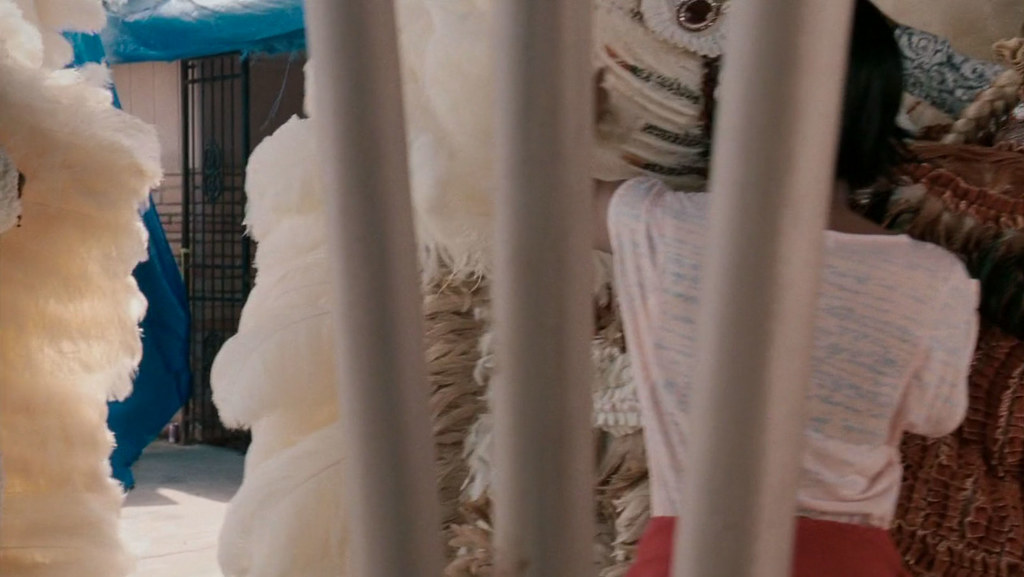
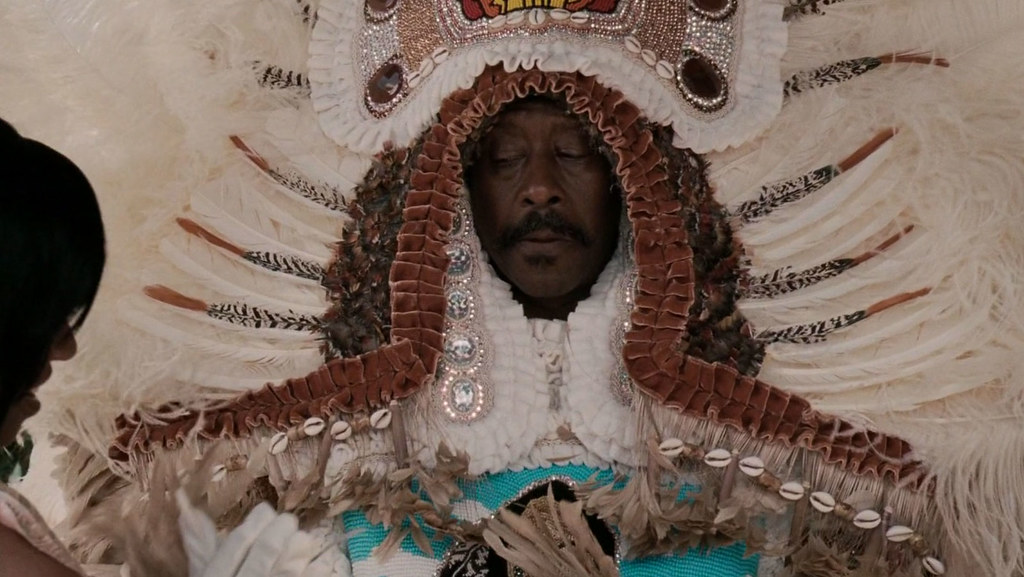

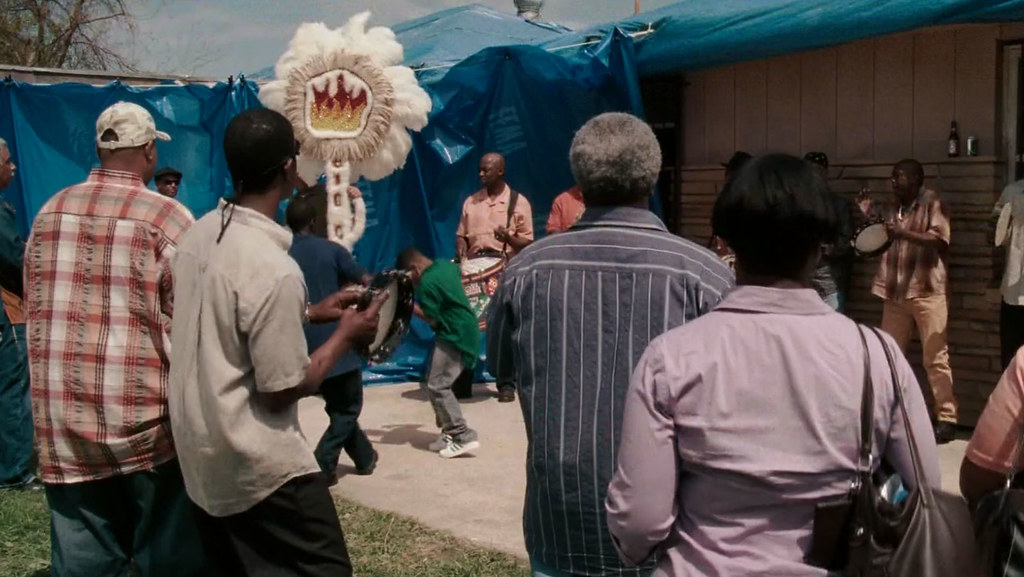
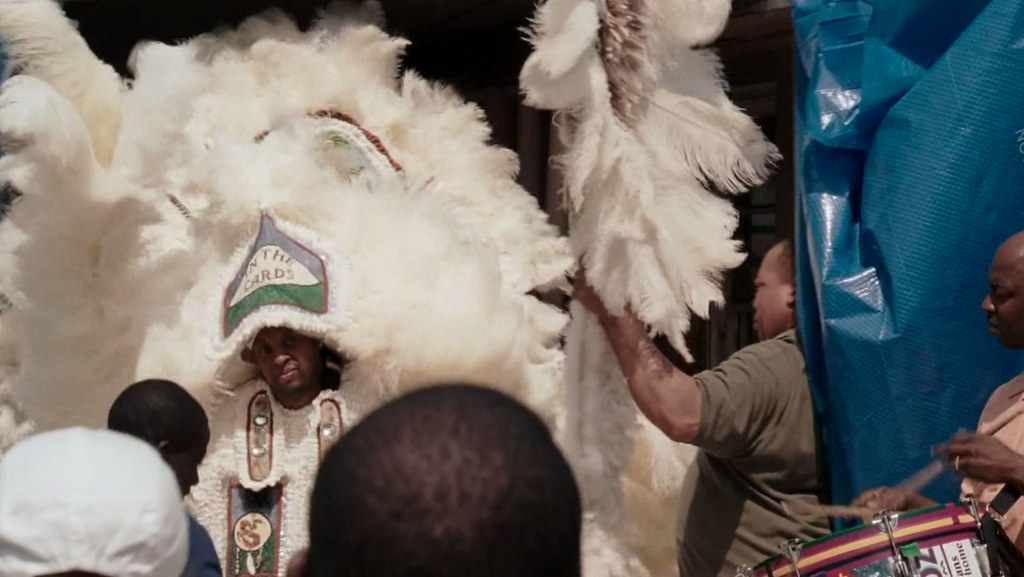

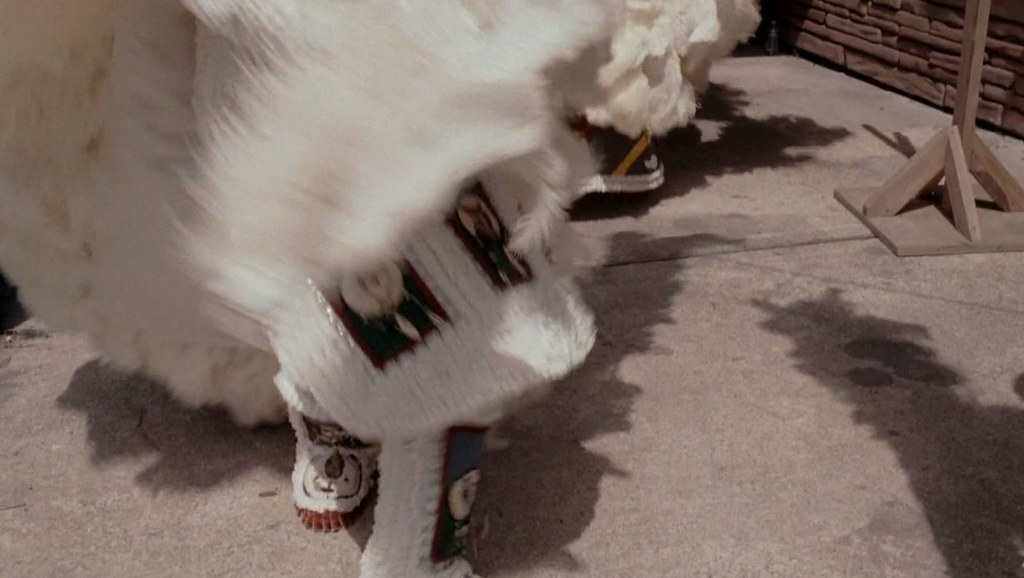

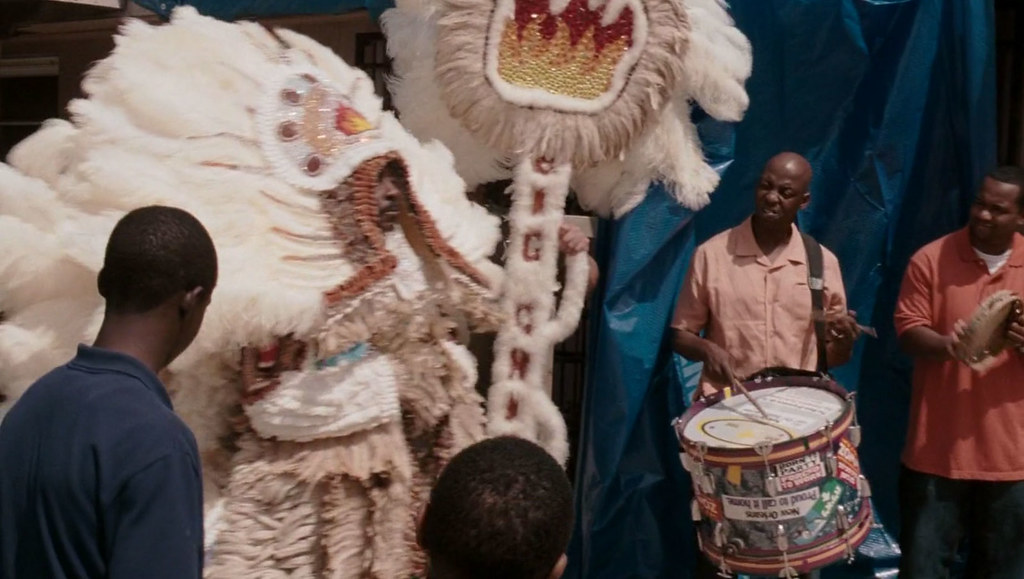
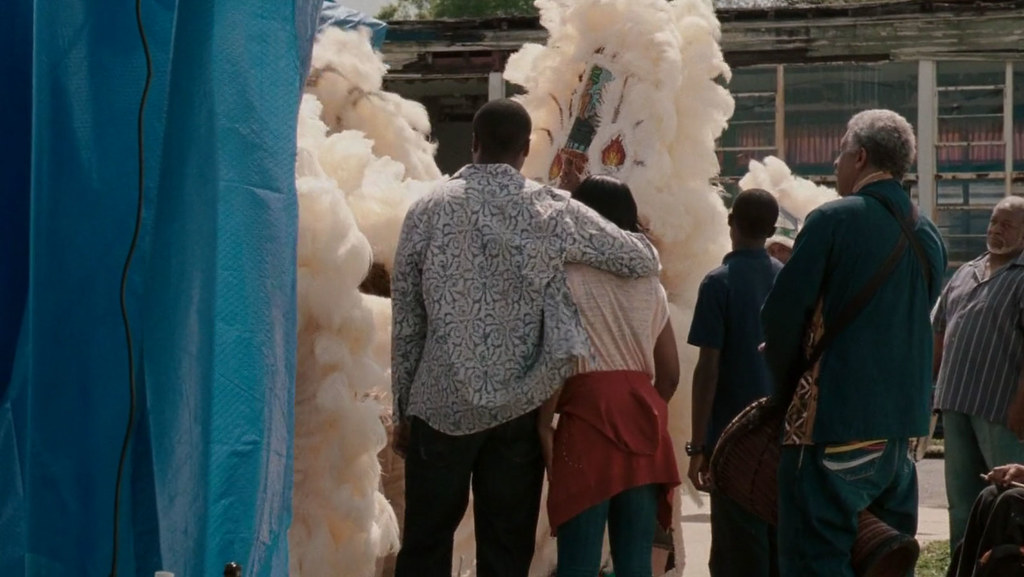
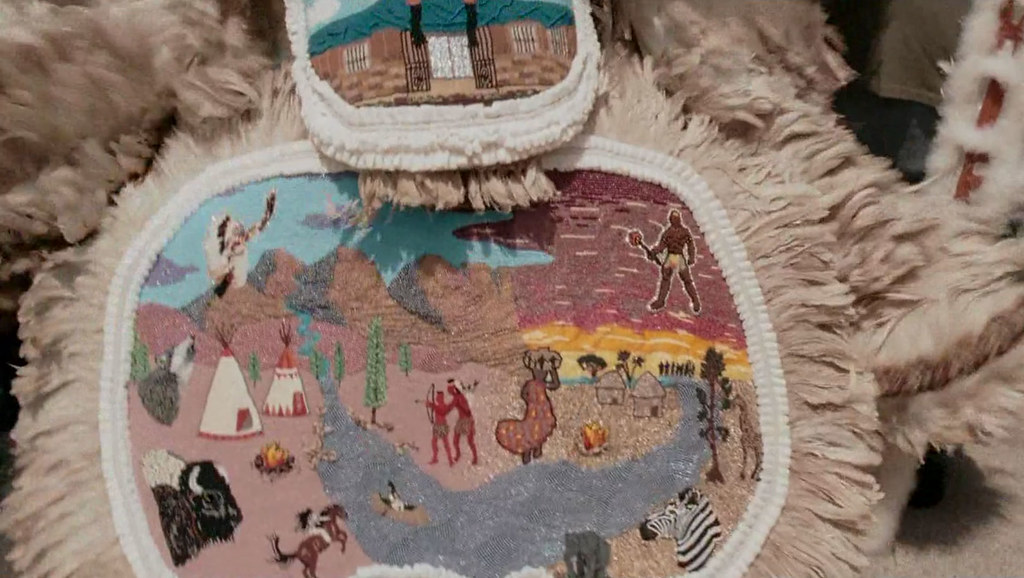
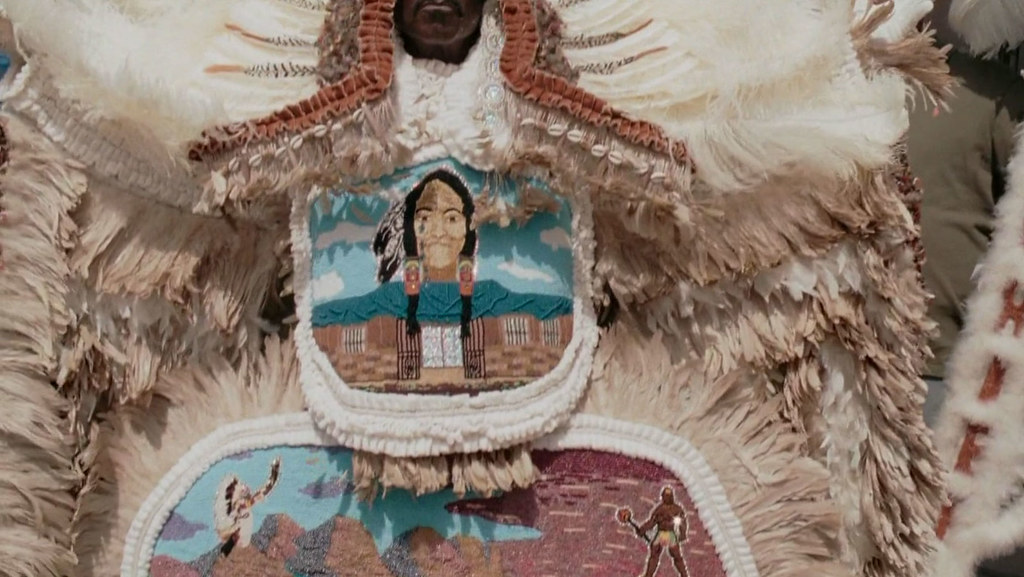
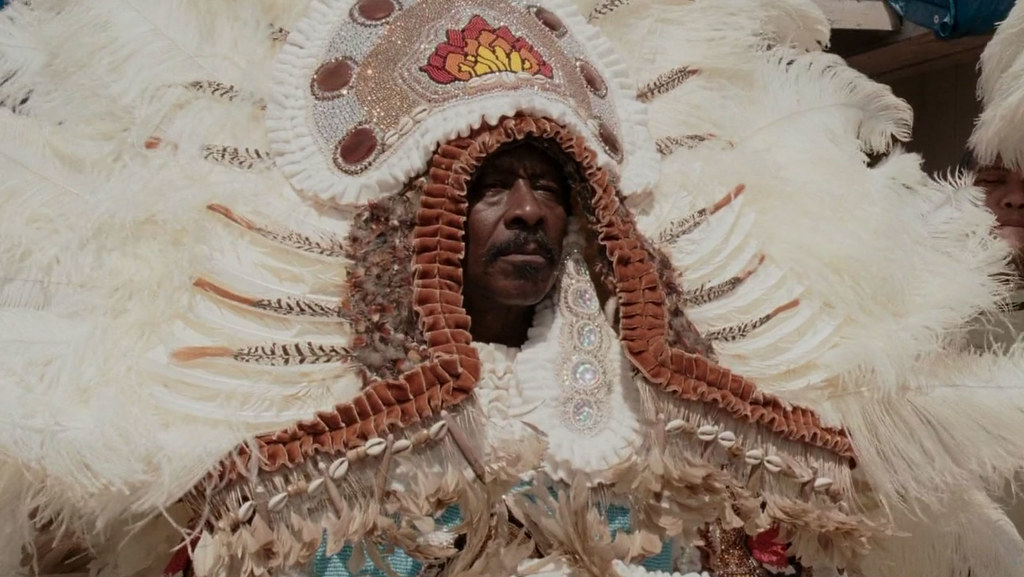
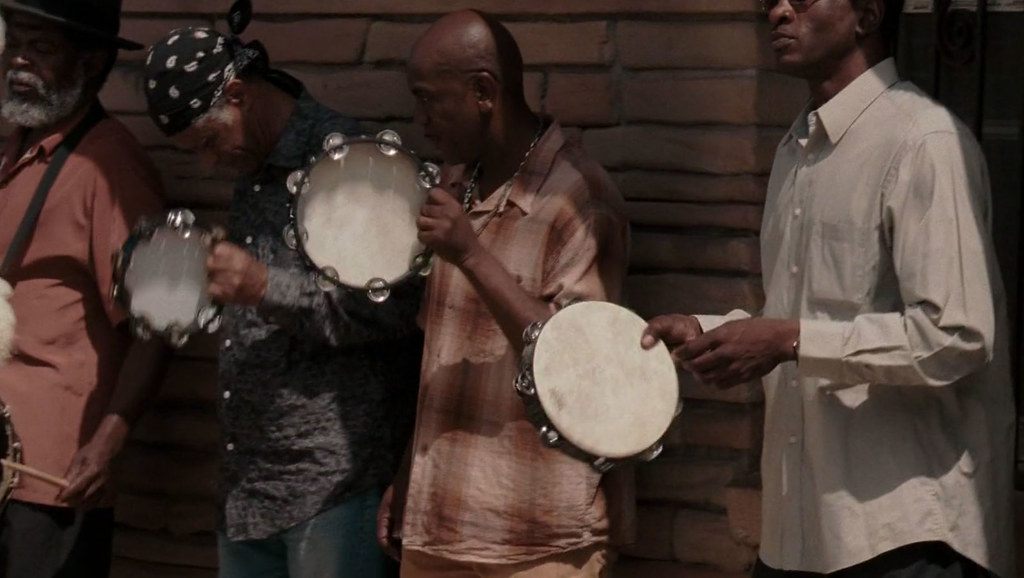


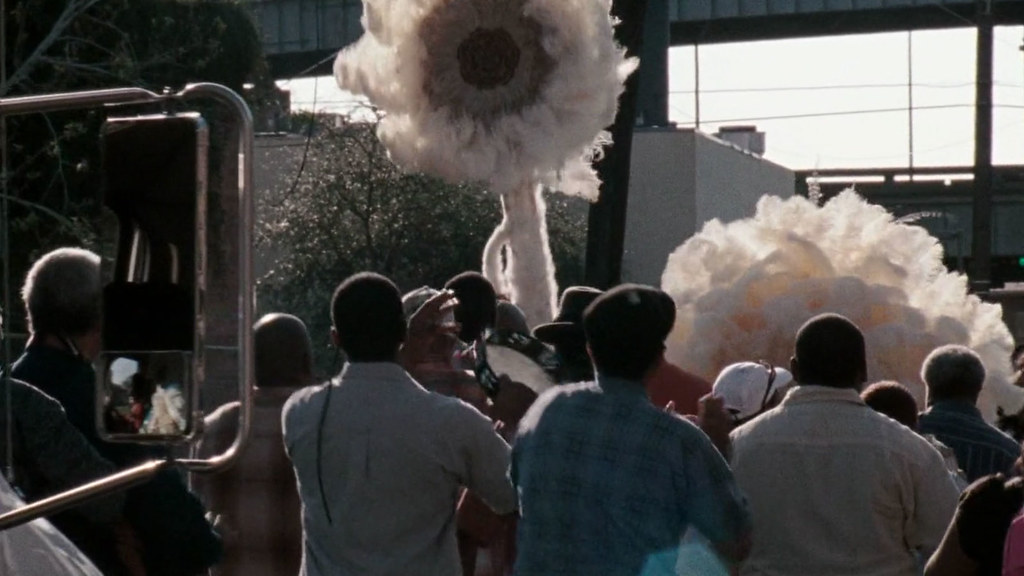
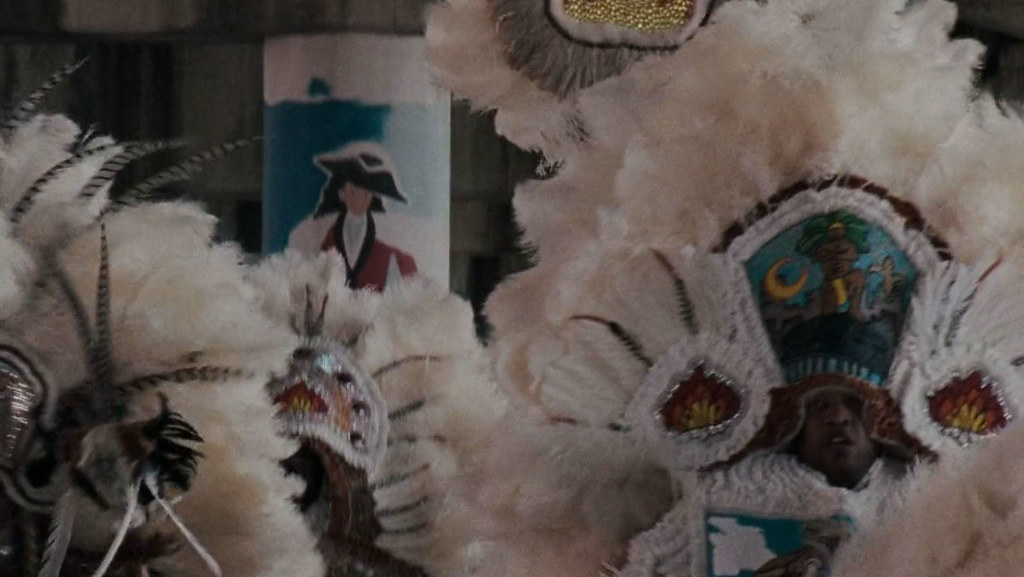
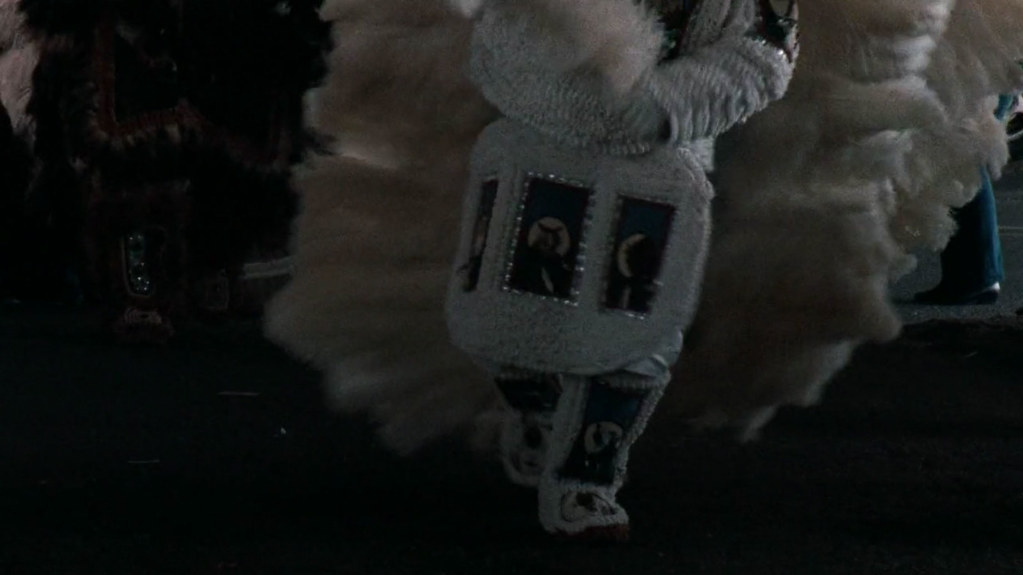
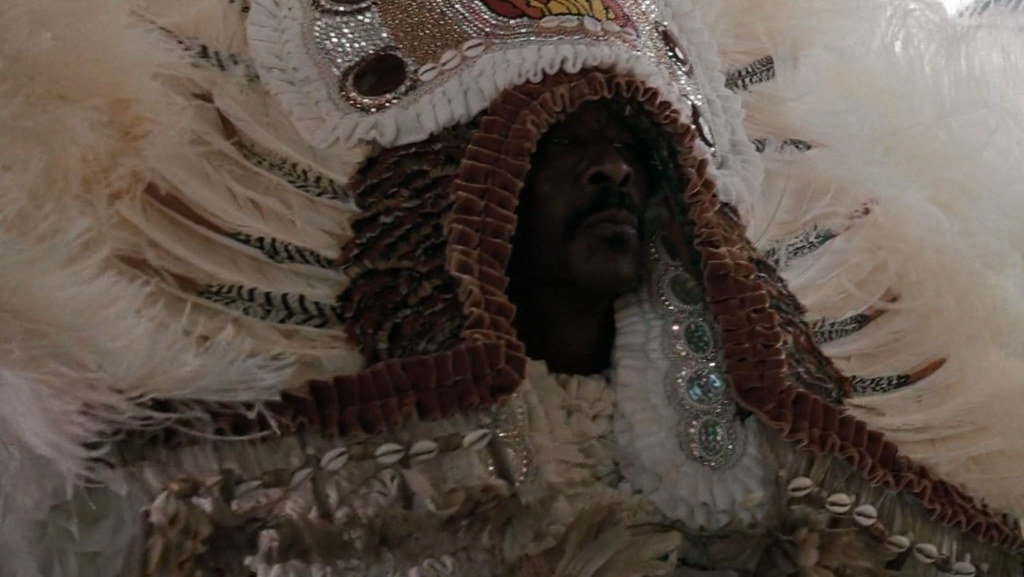
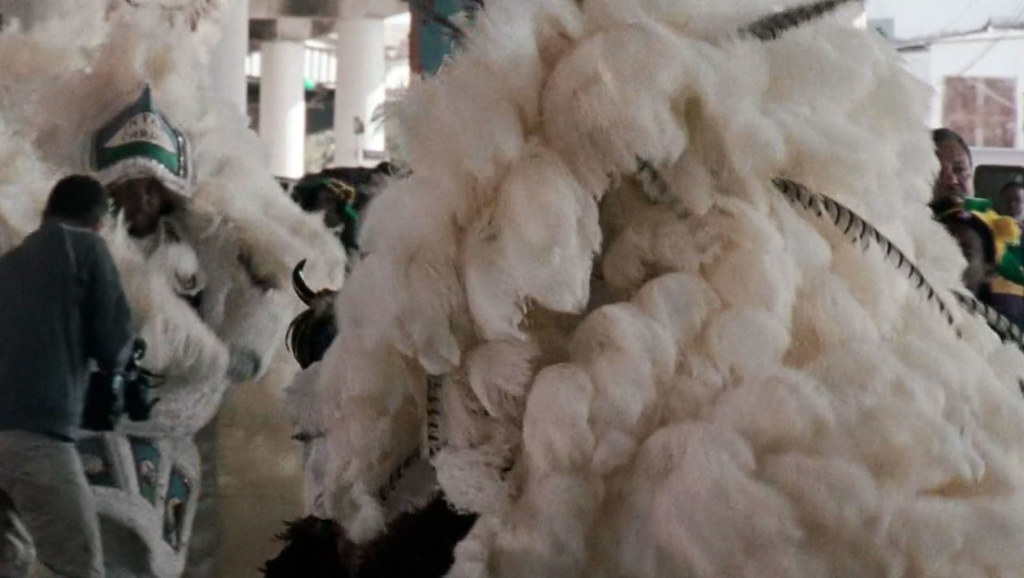
In the early days of the Indians, Mardi Gras was a day of both partying and bloodshed. “Masking” and parading was a time to settle grudges. However, in the late 1960s, Tootie Montana, "Chief of Chiefs", fought to end violence between the Mardi Gras Indian Tribes. He said, “I was going to make them stop fighting with the gun and the knife and start fighting with the needle and thread.” Today, the Mardi Gras Indians are largely unplagued by violence; instead they base their fights over the “prettiness” of their suits.
Text from Wikipedia page on Mardi Gras Indians

No comments:
Post a Comment